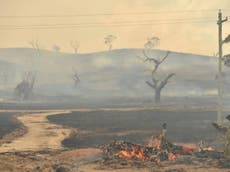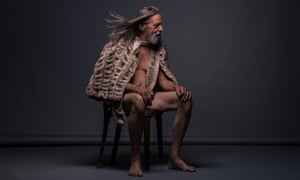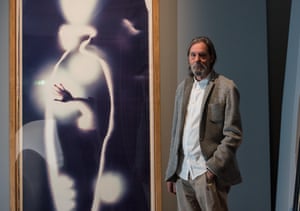THE GRENFELL MASSACRE
Grenfell architect did not check fire safety guidance for tall buildings, inquiry hears
Asked whether he read government guidelines on building and fire regulations, Bruce Sounes said he referred to it but 'certainly didn't read it from start to finish'
Caitlin Doherty
The lead architect on the refurbishment of Grenfell Tower “can’t recall” whether he knew there were different fire regulations for high-rise buildings, an inquiry has heard.
Bruce Sounes was in charge of the day-to-day management of the redesign of the 24-storey North Kensington block.
Giving evidence to the Grenfell Tower Inquiry on Tuesday, the associate at Studio E architects was shown a diagram of different building classifications relating to blocks over 18m tall.
Mr Sounes was asked by Kate Grange QC, counsel to the inquiry: “Were you aware that there might be different rules that applied to buildings over 18m ...”
He replied: “No, I was aware that they may exist, but I did not refer to [the document] at the time.”
Watch more

Firms in Grenfell Tower inquiry given immunity from prosecution
DAMN SHAME
He added: “I can’t recall if I was aware of that.”
When asked whether he read the government guidelines on building and fire regulations – also known as approved document B – during the Grenfell project, Mr Sounes said: “I referred to it on occasion but I certainly didn’t read it from start to finish.
“Because it’s so wide ranging, an architect will find themselves referring to specific sections to try and understand whether they are meeting their requirements.”
Mr Sounes was also shown a diagram of how fire can spread up the external cladding of a building.
When asked whether he saw anything like this during the Grenfell project, he said “no”.
Read more

Grenfell firms ‘killed residents as if they’d pulled a trigger’

Grenfell Tower firms ‘knew planned cladding would fail in fire’
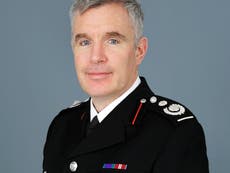
Grenfell firefighter who revoked ‘stay put’ policy made LFB chief
Earlier on Tuesday, the inquiry heard that Studio E has “no record” of ever signing a contract for the Grenfell project with the local property management company.
In his written statement to the inquiry, Mr Sounes, said: “From the documents within Studio E’s possession I do not know whether the Kensington and Chelsea tenant management organisation (KCTMO) appointment was ever actually signed by Studio E and KCTMO.
“I cannot specifically recall Studio E signing the documents and nor do we have a completed copy on file.”
Giving evidence, the architect added: “I have no recollection of it being signed and we couldn’t locate a copy, but that’s not to say it wasn’t signed. I cannot remember.
“I guess I thought maybe it was, but I don’t know.”
The evidence comes after Studio E boss Andrzej Kuszell told the hearings that Mr Sounes had no experience of over cladding residential blocks.
However, he had faith that his firm could complete the Grenfell job.
Grenfell fire remembered two years on: In pictures
Show all 12

The Grenfell Tower is illuminated green to mark the
second anniversary of the fire

Campaign group Grenfell United project a message on to the side of a tower block in Newcastle ahead of the second anniversary of the Grenfell fire to highlight the number of blocks that are still covered in flammable cladding, despite the role that it played in the fire
PA

People release balloons in front of the Grenfell Tower during a vigil to mark the second anniversary of the fire (Peter Summers/Getty Images)

Tower ahead of the second anniversary of the fire to highlight the number of blocks that are still covered in flammable cladding, despite the role that it played in the fire
PA
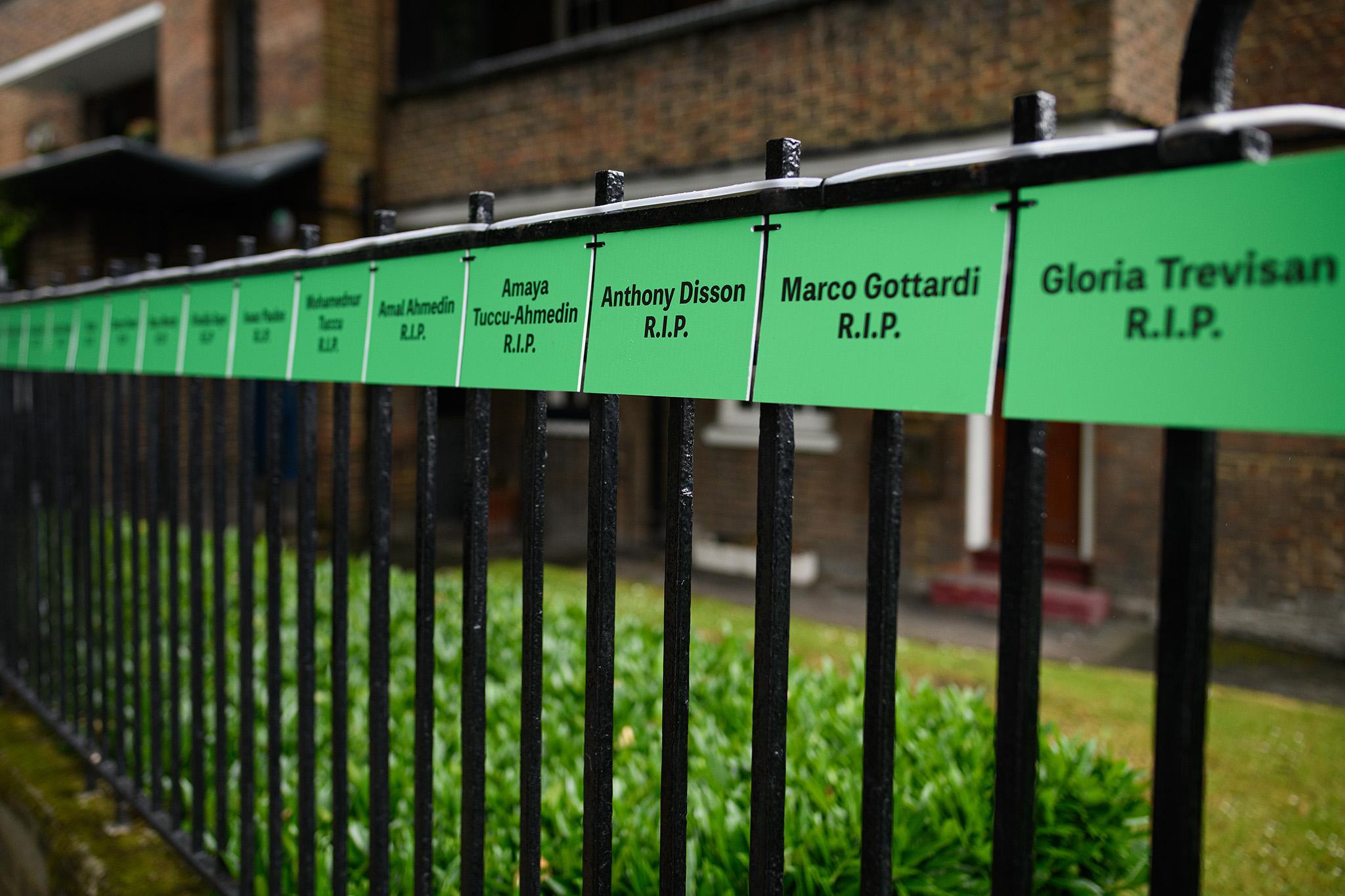
Cards bearing names of victims of the Grenfell fire are attached to a railing nearby to the tower
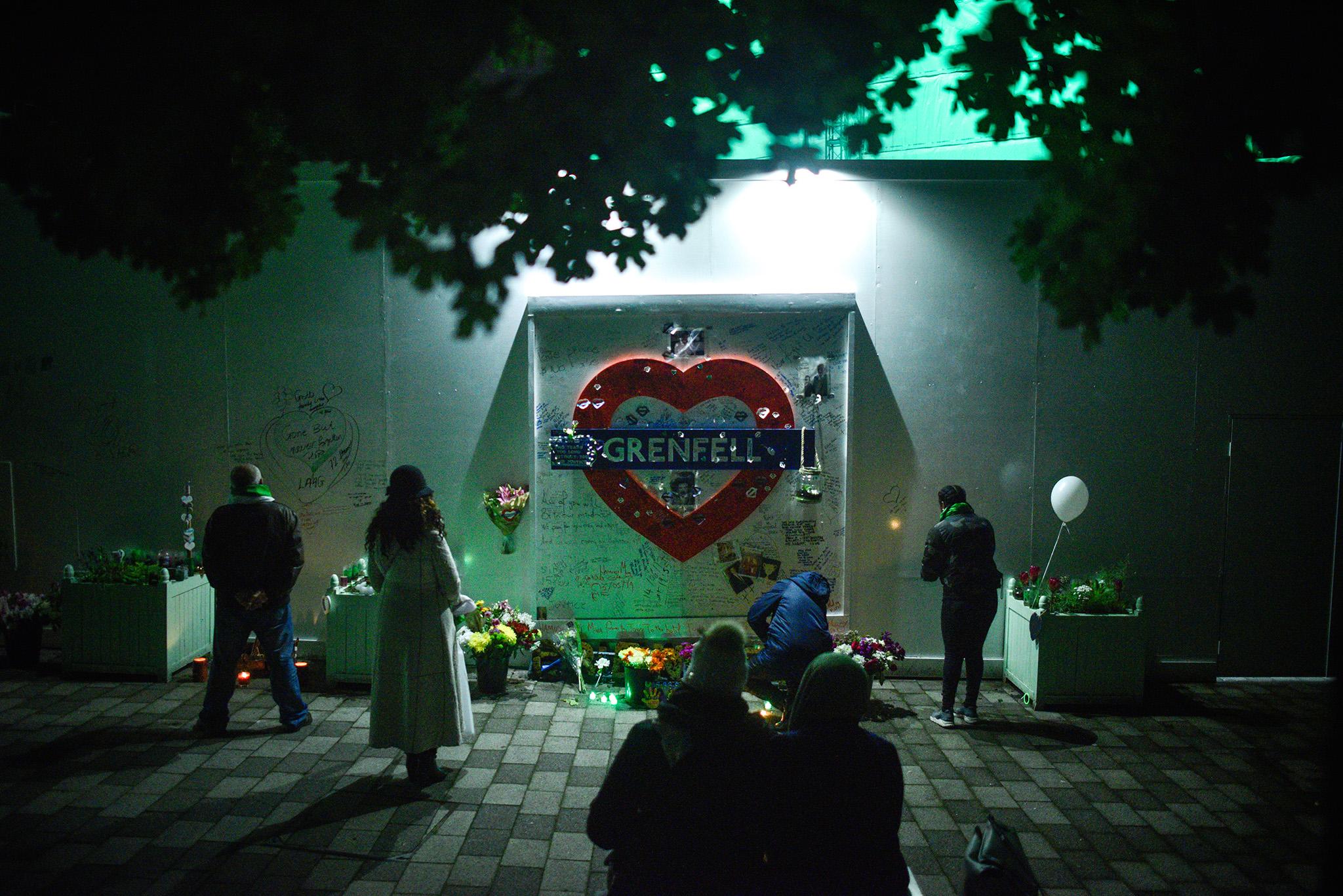
People observe a memorial during a vigil to mark the second anniversary of the Grenfell fire
Mr Kuszell said on Monday: “I believed we had the processes and experience of complex buildings to be able to undertake this commission. It wasn’t just my belief, it was clearly the belief of all senior members.
“We put the project in the hands of one of our most senior and experienced people.
“I had no reason to believe we wouldn’t be able to do it.”
Mr Kuszell also apologised to survivors of the 2017 fire that killed 72 people, and told them: “It really shouldn’t have happened.
“Hindsight now comes into play – we’ve lived two and a half years since the tragedy and doubtless absolutely every one of us would wish to turn the clock back.
“It really shouldn’t have happened, and I’m really, really sorry for all of you and everybody else who was involved in the project.”
The hearings continue.
Press Association
MORE ABOUT
GRENFELL TOWER | KENSINGTON

Campaign group Grenfell United project a message on to the side of a tower block in Salford ahead of the second anniversary of the Grenfell fire to highlight the number of blocks that are still covered in flammable cladding, despite the role that it played in the fire
PA

